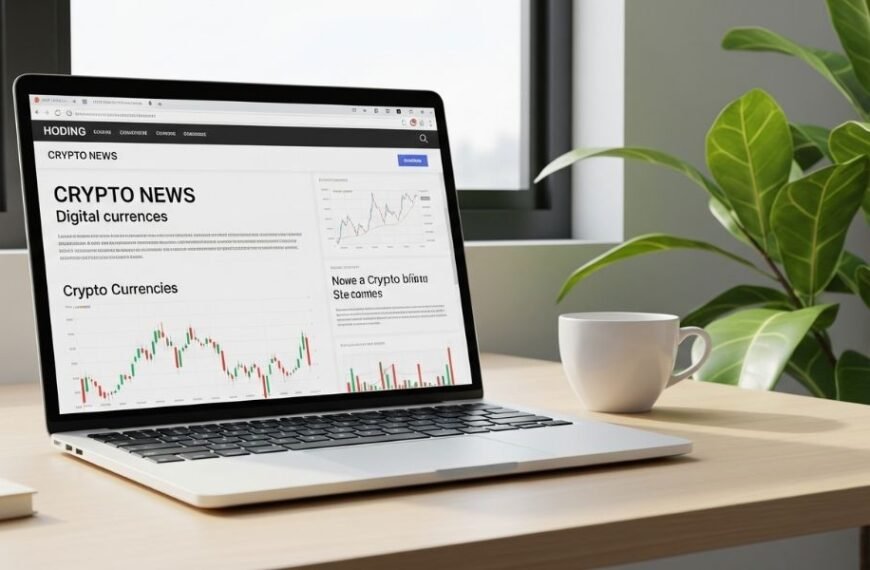The foreign exchange market continues to evolve rapidly, with trading platforms serving as the critical bridge between traders and global financial markets. Choosing the right platform can significantly impact your trading success, execution speed, and overall experience. This comprehensive ranking evaluates the leading trading platforms based on functionality, user experience, technological capabilities, and market reputation.
1. MetaTrader 5 (MT5) – The Advanced Market Leader
MetaTrader 5 stands at the pinnacle of modern trading platforms, representing a significant evolution from its predecessor. This platform offers unparalleled versatility with support for multiple asset classes including forex, stocks, commodities, and cryptocurrencies. The MT5 platform excels in algorithmic trading capabilities, featuring an enhanced MQL5 programming language that allows for sophisticated automated trading strategies.
The platform’s economic calendar integration, advanced charting tools with 21 timeframes, and comprehensive market depth functionality make it ideal for both retail and institutional traders. The Strategy Tester in MT5 supports multi-currency backtesting, providing traders with robust analytical capabilities. Additionally, the MetaTrader Market offers thousands of trading robots and technical indicators, creating a comprehensive ecosystem for automated trading.
2. MetaTrader 4 (MT4) – The Reliable Classic
Despite being older, MetaTrader 4 remains incredibly popular among forex traders worldwide. Its strength lies in its simplicity and reliability, making it perfect for beginners and experienced traders who prefer straightforward functionality. The platform’s MQL4 programming language has a vast community of developers, ensuring abundant resources for custom indicators and expert advisors.
MT4’s user-friendly interface, combined with its proven stability, has made it the go-to choice for many brokers globally. The platform offers essential charting tools, technical analysis capabilities, and seamless integration with various trading strategies. While it may lack some advanced features found in newer platforms, its consistency and widespread broker support make it a dependable choice.
3. JForex – The Professional’s Choice
JForex, developed by Dukascopy Bank, represents a professional-grade trading platform designed for serious forex traders. This Java-based platform offers institutional-quality features including advanced order management, comprehensive historical data access, and sophisticated risk management tools. The platform’s strength lies in its direct market access capabilities and transparent pricing structure.
JForex provides extensive backtesting capabilities with tick-by-tick data accuracy, making it invaluable for strategy development and optimization. The platform’s Visual JForex feature allows traders to create strategies without programming knowledge, while still offering full Java API access for advanced developers. Its integration with Dukascopy’s Swiss banking infrastructure ensures high-quality execution and regulatory compliance.
4. cTrader – The Modern Alternative
cTrader has emerged as a powerful alternative to traditional platforms, offering a modern interface with advanced trading capabilities. The platform excels in providing level II pricing, advanced order types, and superior charting functionality. Its cBot automated trading system and cAlgo algorithmic trading capabilities make it attractive to technical traders.
The platform’s clean, intuitive design combined with advanced features like one-click trading and detailed trade analytics creates an excellent user experience. cTrader’s mobile applications are particularly well-designed, offering near-desktop functionality on mobile devices. The platform also provides excellent backtesting capabilities and supports multiple account management.
5. TradingView – The Social Trading Revolution
TradingView has revolutionized chart analysis and social trading, combining powerful technical analysis tools with a vibrant trading community. While primarily known for its charting capabilities, TradingView has expanded to offer direct trading through various broker integrations. The platform’s strength lies in its comprehensive technical analysis tools, custom indicator development through Pine Script, and social trading features.
The platform offers an extensive library of technical indicators, drawing tools, and screening capabilities. Its social aspect allows traders to share ideas, follow successful traders, and engage in market discussions. TradingView’s cloud-based architecture ensures accessibility across all devices with real-time synchronization.
Platform Comparison: MT5 vs MT4
The mt5 vs mt4 debate continues to be relevant for many traders. While MT4 remains popular for its simplicity and extensive broker support, MT5 offers significant advantages in terms of functionality and future-proofing. MT5 supports more order types, offers better backtesting capabilities, and provides access to multiple asset classes beyond forex.
The key differences include MT5’s superior market depth display, economic calendar integration, and more advanced programming language. However, MT4’s larger community of developers and indicators still makes it attractive for certain trading strategies. Traders should consider their specific needs when choosing between these platforms.
Selection Criteria and Recommendations
When choosing a trading platform, consider factors such as asset class availability, execution speed, analytical tools, automation capabilities, and broker support. Professional traders might prefer JForex for its institutional features, while beginners might find MT4 more approachable. Advanced retail traders often gravitate toward MT5 for its comprehensive capabilities.
The platform’s stability, customer support quality, and regulatory compliance should also influence your decision. Consider whether you need advanced features like algorithmic trading, social trading capabilities, or multi-asset support. Mobile trading functionality has become increasingly important, making platform mobile apps a crucial consideration.
Conclusion
The trading platform landscape offers diverse options catering to different trader profiles and strategies. While MT5 leads in overall functionality and future potential, each platform serves specific needs effectively. MT4 remains excellent for forex-focused traders, JForex serves professional requirements, cTrader offers modern alternatives, and TradingView excels in analysis and social trading.
Success in trading depends not just on platform choice but on how well the platform aligns with your trading style, experience level, and strategic objectives. Consider testing multiple platforms through demo accounts before making your final decision, ensuring the chosen platform supports your trading journey effectively.









